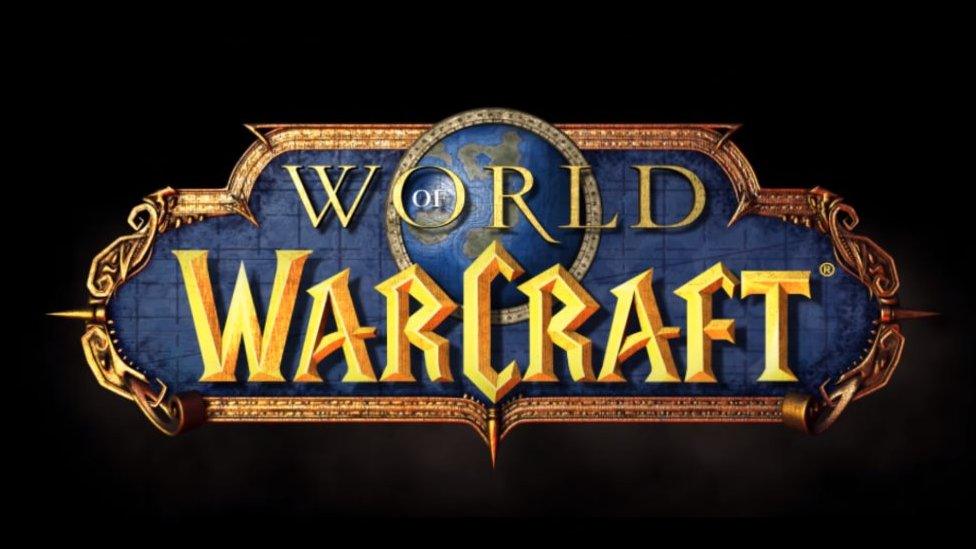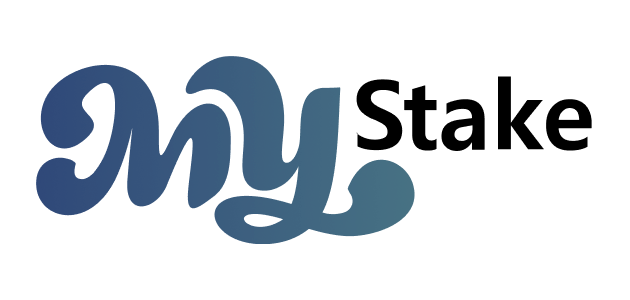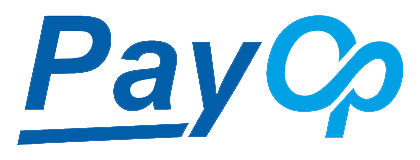User Tag List
Results 1 to 1 of 1
-
02-08-2025 #1Moderator


- Reputation
- 1
- Join Date
- Jul 2024
- Posts
- 2,668
- Thanks G/R
- 1/0
- Trade Feedback
- 0 (0%)
- Mentioned
- 0 Post(s)
- Tagged
- 0 Thread(s)
Top 10 World of Warcraft Scams & How to Protect Your Account
Top 10 World of Warcraft Scams & How to Protect Your Account

Introduction
World of Warcraft (WoW) is one of the most popular MMORPGs, attracting millions of players worldwide. However, with its popularity comes the risk of scams and fraudulent activities. Scammers constantly find new ways to exploit unsuspecting players, leading to account theft, gold loss, and sometimes even real-world financial losses.
In this guide, we’ll cover the Top 10 World of Warcraft scams and provide effective security measures to protect your account from hackers and scammers.
1. Phishing Emails & Fake Blizzard Websites
How It Works:
Phishing scams involve fraudulent emails or messages that appear to be from Blizzard Entertainment, asking players to verify their accounts, claim rewards, or respond to security alerts. These emails often contain links to fake Blizzard websites that steal login credentials.
How to Avoid It:
Always verify the sender: Blizzard's official email domain is @Blizzard.com.
Never click on suspicious links: Instead, manually type https://battle.net into your browser.
Enable Blizzard’s official two-factor authentication (2FA).
Use a unique password for your WoW account.
2. In-Game Gold & Item Duplication Scams
How It Works:
Scammers claim they can duplicate gold or valuable items in exchange for an initial deposit. Once the victim trades their gold, the scammer disappears.
How to Avoid It:
Blizzard does not support gold/item duplication.
Never trade gold or items with unknown players.
Stick to official Blizzard-sanctioned trading methods.
3. Fake Game Masters (GMs) & Impersonators
How It Works:
Scammers impersonate Blizzard Game Masters (GMs) and send messages claiming that your account is under investigation or that you have won an in-game prize. They will ask for login credentials to “verify” your account.
How to Avoid It:
Blizzard GMs will NEVER ask for your password.
Check for the official GM blue Blizzard logo next to the message sender.
Report suspicious accounts using the in-game report function.
4. Bogus WoW Token & Gold Selling Websites
How It Works:
Scammers advertise fake WoW Token sales or gold-selling websites promising discounted in-game currency. Once you enter your account details, they steal your information and possibly compromise your account.
How to Avoid It:
Only buy WoW Tokens from the in-game shop.
Never visit third-party gold-selling websites.
Use an authenticator for added account security.
5. Trade Window Scams
How It Works:
Scammers manipulate trade windows by quickly swapping valuable items with lower-quality ones or changing gold amounts at the last second.
How to Avoid It:
Double-check the trade window before clicking accept.
Never rush transactions.
Use Blizzard’s Auction House for safe transactions.
6. Account Buying & Selling Scams
How It Works:
Scammers advertise high-level accounts for sale at discounted prices. After payment, they either never deliver the account or recover it using Blizzard’s account recovery system.
How to Avoid It:
Never buy or sell WoW accounts. It’s against Blizzard’s terms of service.
Use your own account to prevent recovery scams.
If an offer seems too good to be true, it probably is.
7. Fake Guild or Raid Recruitment Scams
How It Works:
Scammers pretend to be from top guilds, offering raid spots or guild membership in exchange for in-game currency or real money.
How to Avoid It:
Legitimate guilds will never ask for money to join.
Research guilds on official WoW forums or Discord.
Avoid sharing account details with unknown players.
8. Social Engineering & Fake Friend Requests
How It Works:
Scammers befriend you in-game, gain your trust, and eventually ask for gold, items, or account access under false pretenses.
How to Avoid It:
Be cautious of new friends who ask for money or items.
Never share account details, even with close friends.
Report suspicious behavior to Blizzard.
9. Booster & Carry Scams
How It Works:
Scammers advertise boost services for PvP ranks, mythic dungeons, or raid clears. After payment, they either fail to deliver or disappear with the gold/money.
How to Avoid It:
Only use Blizzard-approved boosting services.
Never pay upfront without verifying the service provider.
Check for verified communities in WoW forums.
10. Fake Giveaways & Twitch/YouTube Scams
How It Works:
Scammers create fake social media pages or Twitch streams, claiming to give away free WoW tokens, mounts, or gold. They require participants to enter login details on malicious sites.
How to Avoid It:
Blizzard giveaways never require login details.
Verify social media accounts before engaging.
Only participate in giveaways from official Blizzard or trusted content creators.
How to Protect Your WoW Account from Scammers
1. Enable Two-Factor Authentication (2FA)
Blizzard Authenticator adds an extra security layer, requiring a mobile confirmation for logins.
2. Use Unique, Strong Passwords
A mix of letters, numbers, and special characters makes your password harder to crack.
3. Avoid Clicking Suspicious Links
Never enter login details on third-party websites or links sent via email.
4. Verify Websites Before Logging In
Ensure you're on https://battle.net before entering any login information.
5. Use an Updated Antivirus & Firewall
Protect your computer from malware and keyloggers that steal credentials.
6. Regularly Monitor Your Account Activity
Check Blizzard’s login history to spot any unauthorized access.
7. Report Scammers to Blizzard
Use in-game reporting tools or submit a ticket to help keep WoW safe for everyone.
Conclusion
World of Warcraft scams are constantly evolving, but with awareness and preventive measures, you can keep your account safe. By avoiding phishing emails, staying clear of gold/item duplication tricks, and enabling Blizzard’s security features, you can enjoy WoW without falling victim to fraud.
Have you encountered a WoW scam before? Share your experience in the comments!
Similar Threads
-
[Selling] Top quality World Of Warcraft boosting by proboosting ✓ cheap ✓ fast ✓ reliable
By ProBoost in forum World of Warcraft Buy Sell TradeReplies: 0Last Post: 12-08-2016, 01:59 PM -
Top 10 World of Warcraft Private Servers
By tatimenabi in forum WoW EMU Guides & TutorialsReplies: 0Last Post: 12-17-2014, 11:38 AM -
[Selling] TOP end World of Warcraft US account. Original Owner. Spectral Tiger+, Insane/Undying
By z0mb0t in forum WoW-US Account Buy Sell TradeReplies: 1Last Post: 10-21-2014, 06:13 PM -
[How To] Protect your Account - Using your iPhone or iPod Touch!
By Stans Dad in forum World of Warcraft GuidesReplies: 15Last Post: 11-05-2009, 12:12 PM















 Reply With Quote
Reply With Quote







